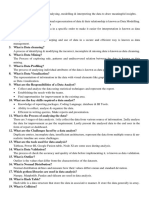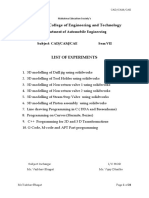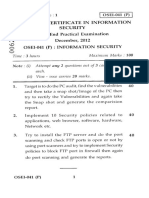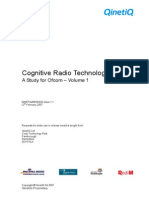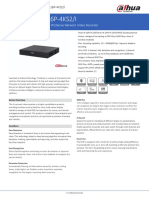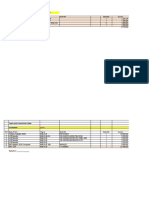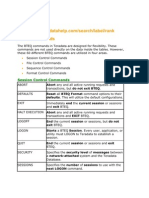0% found this document useful (0 votes)
53 views7 pages? Data Analysis Interview Questions & Answers
The document provides a comprehensive guide to data analysis interview questions and answers, covering topics such as the data analysis process, tools, handling missing values, joins in SQL, and data visualization techniques. It also includes explanations of key concepts like correlation vs. causation, data normalization, and KPIs. Additionally, it offers pro tips for interviews and encourages the use of real examples to demonstrate understanding.
Uploaded by
kamal.nmr000Copyright
© © All Rights Reserved
We take content rights seriously. If you suspect this is your content, claim it here.
Available Formats
Download as PDF, TXT or read online on Scribd
0% found this document useful (0 votes)
53 views7 pages? Data Analysis Interview Questions & Answers
The document provides a comprehensive guide to data analysis interview questions and answers, covering topics such as the data analysis process, tools, handling missing values, joins in SQL, and data visualization techniques. It also includes explanations of key concepts like correlation vs. causation, data normalization, and KPIs. Additionally, it offers pro tips for interviews and encourages the use of real examples to demonstrate understanding.
Uploaded by
kamal.nmr000Copyright
© © All Rights Reserved
We take content rights seriously. If you suspect this is your content, claim it here.
Available Formats
Download as PDF, TXT or read online on Scribd
/ 7






























